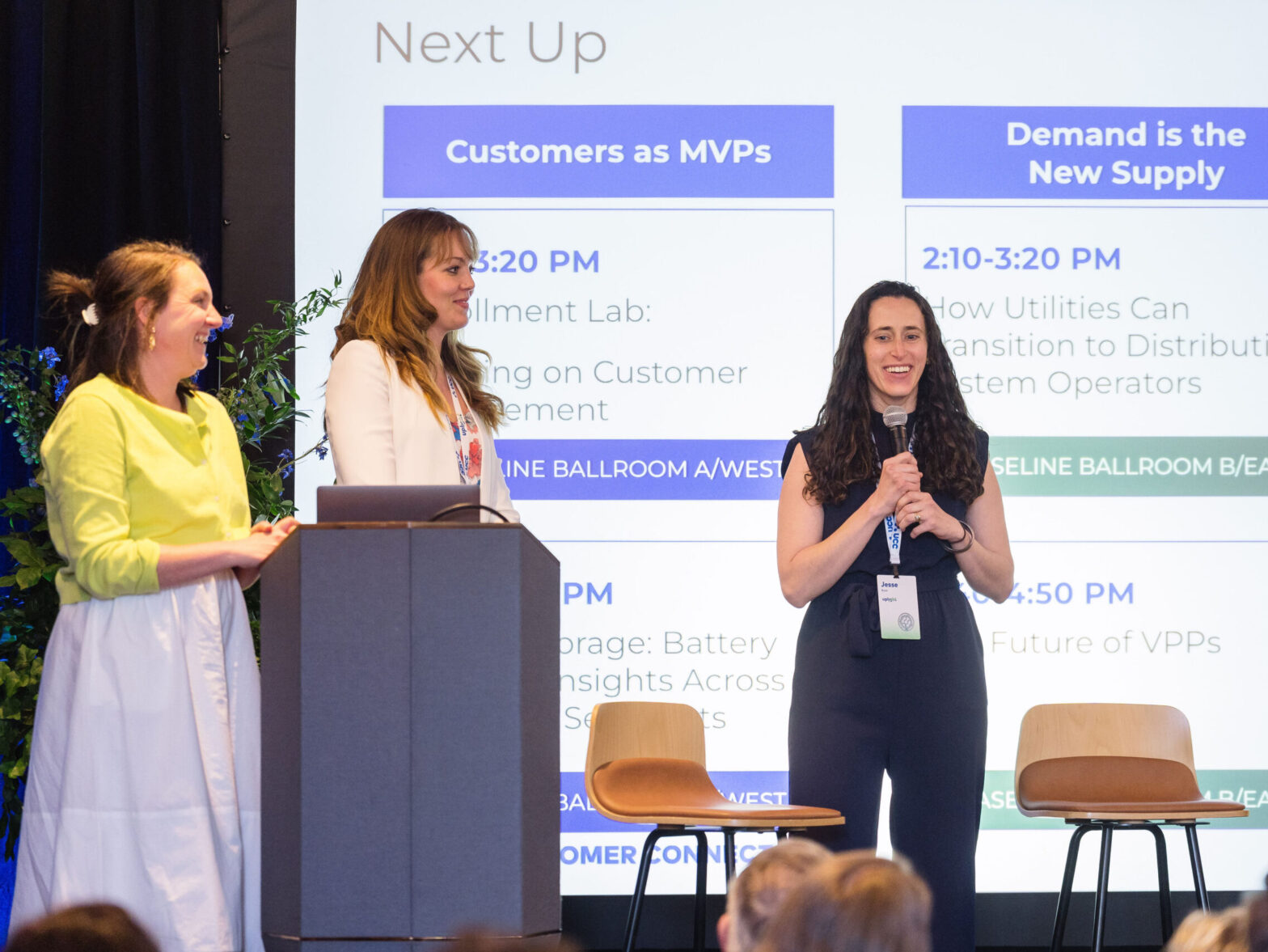This post was originally published on Tendril’s website. Tendril is now Uplight.
In the 1970s, airline travel was a luxury. It was expensive — both for customers and for airline operators — because of the services it entailed, equipment, maintenance, and high fuel costs. At a time when it seemed the customer base for air travel was limited (only the rich could fly) and starting a new airline would inevitably be a business bust (because of those high fuel costs), Southwest Airlines burst onto the scene and upended the industry. With its commitment to low-price fares, smart resource allocation, fair labor practices, and a different approach to customer service, Southwest succeeded where others were failing and set a new dynamic for the air travel industry.
The secret to Southwest’s success, on a theoretical level at least, was its proactive adaptation. Southwest didn’t try to do the same thing the other airlines were doing and hope for a better result. Instead, it took action to change the rules of an industry that wasn’t thriving. Yes, government deregulation of the airlines helped in the late 70s, but the changes Southwest introduced sparked an entire business shift that deregulation alone couldn’t have caused: other low-cost airlines eventually showed up, customer service expectations shifted, and flying in general became more universal, no longer limited to the upper class.
In many ways utilities find themselves today where the airlines were in the 70s. The old ways of delivering energy are slowly proving incompatible with both economics and customer expectations. For instance, utility asset utilization rates linger around 50%, with too many needed funds going to sustain peak power plants that are rarely used. And customers are demanding an increasingly digitized, streamlined energy experience that gives them control of their energy consumption and access to data about that consumption: 95% of millennials said in an Accenture survey that they would be more likely to think about switching energy providers if theirs was not able to provide a seamless experience.
Forward looking utilities are poised to be the “Southwest” of their industry. They are in the best possible positions within the energy world to implement new practices the way Southwest did for the airlines: utilities have the customer relationships and data needed to digitize energy services in ways that personalize interactions with customers (and personalization is something 78% of consumers want through their digital energy channels, according to Accenture) and give customers access to distributed energy resources as those command more and more market share. Utilities today have a window of opportunity to be proactive and pioneer new business practices, while the customer base is ready but the competition (think Google, or Amazon) hasn’t yet pounced.
At Tendril, we recommend three steps to proactive adaptation for today’s utilities:
- Identify “no regrets” opportunities and seize them — Existing budgets likely leave some wiggle room for development of new tools and capabilities that will set utilities ahead. For instance, within DSM programs you can use your customer data to provide relevant new product and service offers to existing customers. These offers can help you gain a foothold in the smart home and realize near-term operational savings through lowered customer service call volumes.
- Capitalize on your assets, starting with your data — Investing in a scalable data analytics platform can enable utilities to uncover business insights lying within the volumes of customer data you already have. Those insights can take innovation beyond small-scale tools and widgets to the program level, leading to new approaches to energy efficiency and DSM programs that take advantage of smart thermostat and connected home capabilities.
- Develop new capabilities through partnerships — Proactive adaptation requires cultural change, and partnering with innovative companies is a cost-effective, quick way to spark that change. True partnerships are about more than just buying new products; they are instead about devising strategies together, implementing programs collaboratively, and sharing intelligence and resources. Leaders in their fields partner all the time to bring the best possible products and services to their customers. Apple, for example, partnered with a company called Siri to implement its voice recognition technology instead of building the tool from the ground up. There’s no reason utilities can’t do the same to get new programs and technologies off the ground.
To read more about how to embrace proactive adaptation and position your utility to better serve customers, check out our recent ebook, The Amazon Effect: Energy in the On Demand Era and What It Means for Utilities. We offer detailed insights on exactly what utilities can do to be productively proactive in ways that are feasible and cost-effective. We’re at the EEI Annual Convention this week as well, and we look forward to talking more about proactive adaptation here in Boston.




